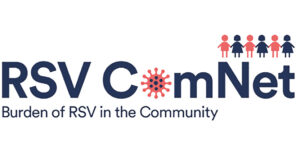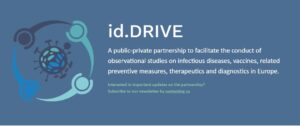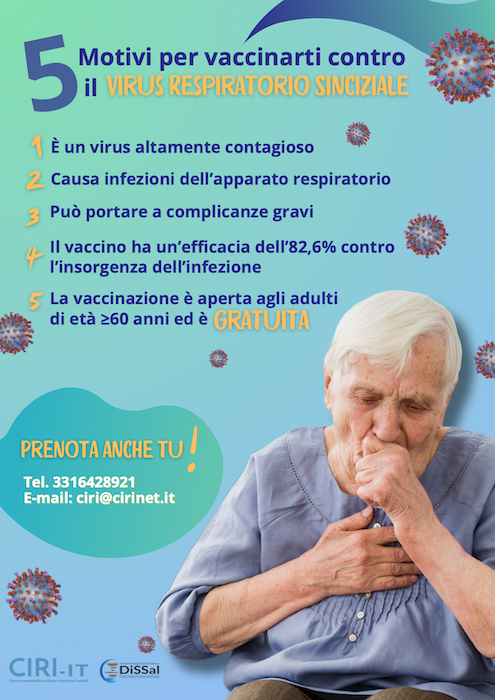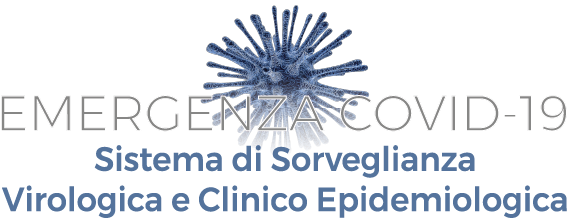The Enhanced Passive Safety Surveillance (EPSS) is an advanced passive surveillance system of seasonal flu vaccine safety, currently active in certain Italian regions: Liguria, Puglia, and Abruzzo.
The CIRI-IT implemented this surveillance with the participation of general practitioners and pediatricians which are part of the CIRI-IT network. The surveillance was first conducted during the 2015–2016 influenza season, focusing on two trivalent vaccines produced by NVS Influenza Vaccines (later by Seqirus Srl), and has continued in subsequent seasons.
The EPSS study has continued over the years in relation to the availability of new seasonal influenza vaccines and remains active to date. In the 2019–2020 season, three vaccine brands were covered in the EPSS surveillance (the trivalent Agrippal® and Fluad®, and the quadrivalent Flucelvax®). In the 2021–2022, 2022–2023, and 2023–2024 seasons, two quadrivalent vaccines were monitored: Fluad® Tetra and Flucelvax® Tetra.
The objective of the study is to enhance the capacity to rapidly identify and evaluate any unexpected changes in reactogenicity or other immune responses to seasonal influenza vaccines from one season to another.
The principles of enhanced passive safety surveillance include facilitating, raising awareness and improving the quality of spontaneous reporting of adverse event, with a focus on events occurring within the first week following vaccination. Surveillance is conducted on a sample of vaccine receivers. For each vaccinated individual, real-time data on vaccine exposure is collected. This allows calculation of the frequency of reported events, which are then compared against known or expected data to assess any significant changes in reactogenicity.
The period of the study was defined for each influenza season (usually from November 1st to December 5th) and ended when 1,000 vaccination cards delivered for each type of vaccine administered by participating physicians were reached.
Each participant received the vaccine along with a vaccination card containing information on vaccine brand and batch number, date of vaccination, age and sex of the vaccine recipient. The card also included the telephone number of the call center to report any adverse events following vaccination.
Adverse events and signs of reactogenicity occurring within seven days after vaccination were reported spontaneously by vaccine recipients through a call center and recorded on an independent platform managed by CIRI-IT.
CIRI-IT implemented and coordinated the surveillance activity by identifying and recruiting physicians, training them in protocol compliance, developing a digital platform for physician access and data entry, producing weekly reports, and making a final report of the entire activity.
The findings from the EPSS surveillance have been presented at national conferences and published in scientific journals.






